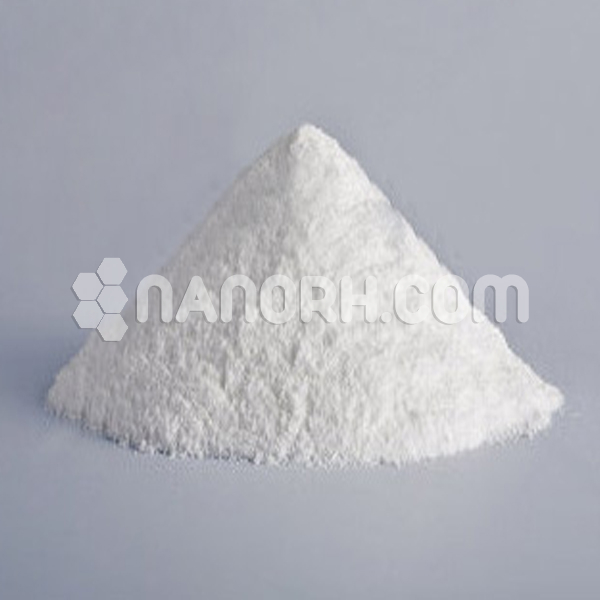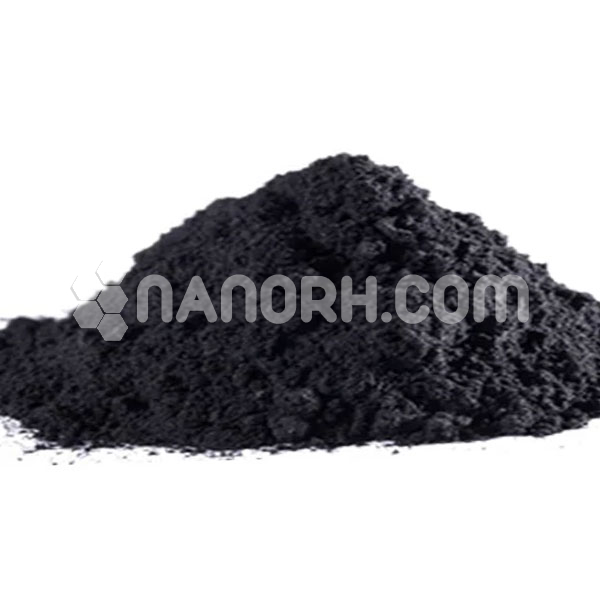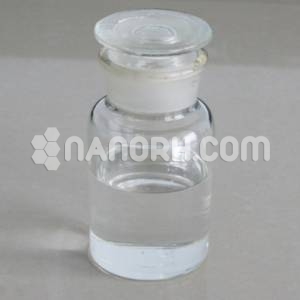| Cerium(III) Chloride Anhydrous | |
| Product No | NRE-300455 |
| CAS No. | 7790-86-5 |
| Formula | CeCl3 |
| Purity | ≥ 99.9% |
| Grade | Anhydrous |
| Form | Powder |
| Molecular Weight | 246.47 g/mol |
Cerium(III) Chloride Anhydrous
Cerium(III) chloride anhydrous (CeCl3) is a versatile compound with a range of applications across various fields, including catalysis, materials science, and electronics.
Catalysis
Catalyst in Chemical Reactions: Cerium(III) chloride is used as a catalyst in various chemical reactions, including oxidation and reduction processes. It plays a role in reactions such as the oxidation of alcohols and the reduction of nitro compounds.
Catalyst Support: It is also used as a support material for catalysts in industrial processes. Cerium(III) chloride can enhance the performance of other catalytic materials.
Materials Science
Synthesis of Cerium Compounds: Cerium(III) chloride is a precursor in the synthesis of other cerium compounds, such as cerium oxides and cerium carbonates.
Optical Materials: It is used in the production of optical materials, including certain types of glasses and ceramics. Cerium(III) chloride can influence the optical properties of these materials.
Electronics
Semiconductor Manufacturing: In the electronics industry, cerium(III) chloride is used in the preparation of semiconductor materials. It can be employed in processes to create thin films and other components used in electronic devices.
Photoelectric Applications: Cerium compounds are used in photoelectric applications, and CeCl3 can be involved in the preparation of materials with specific photoelectric properties.
Environmental Applications
Pollutant Removal: Cerium(III) chloride is studied for its potential use in environmental applications, such as the removal of pollutants from water and air. Its catalytic properties can help in the degradation of organic contaminants.
Water Treatment: It can be used in water treatment processes to remove impurities and contaminants. Its role as a coagulant or flocculant helps in improving water quality.




